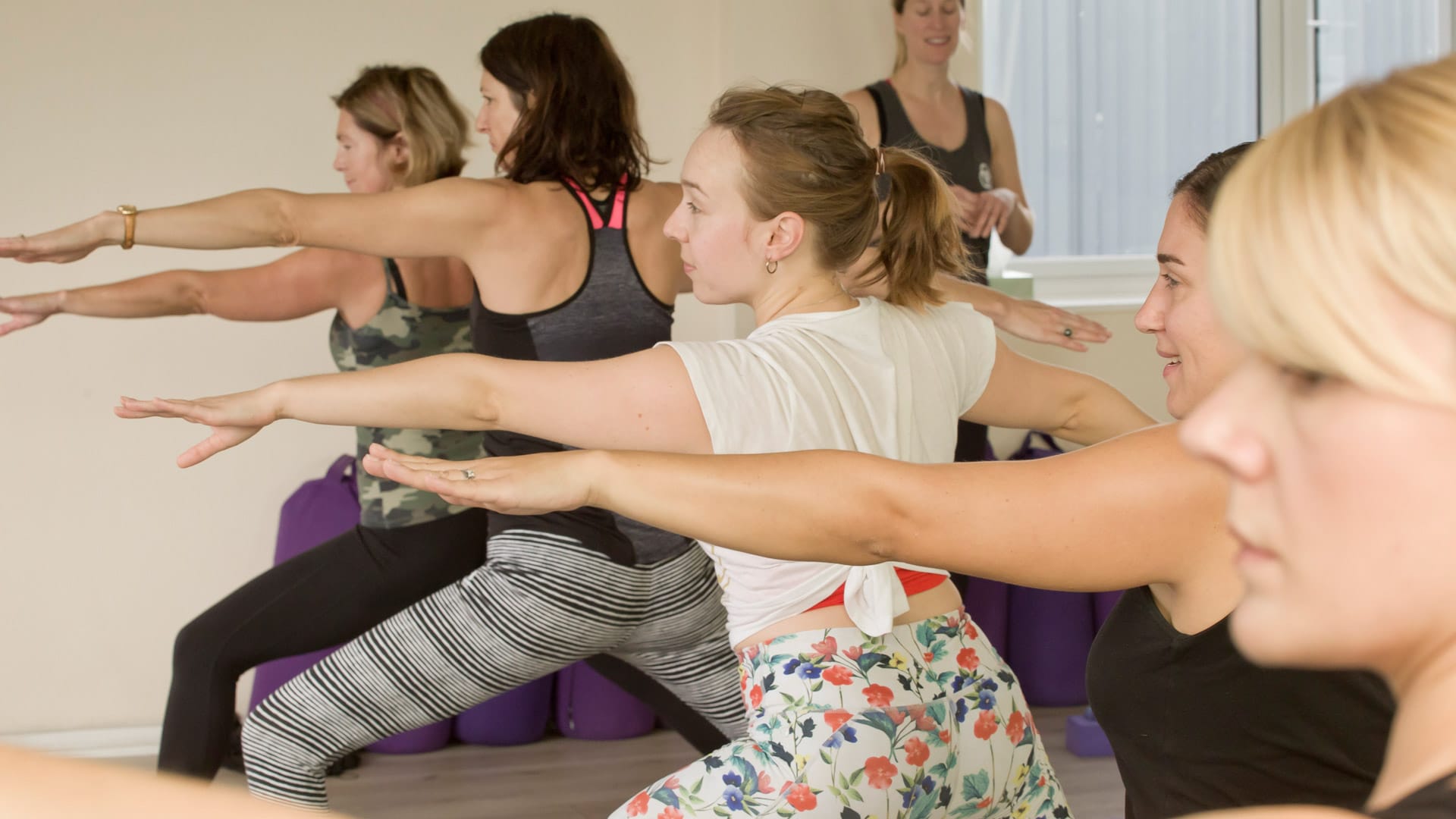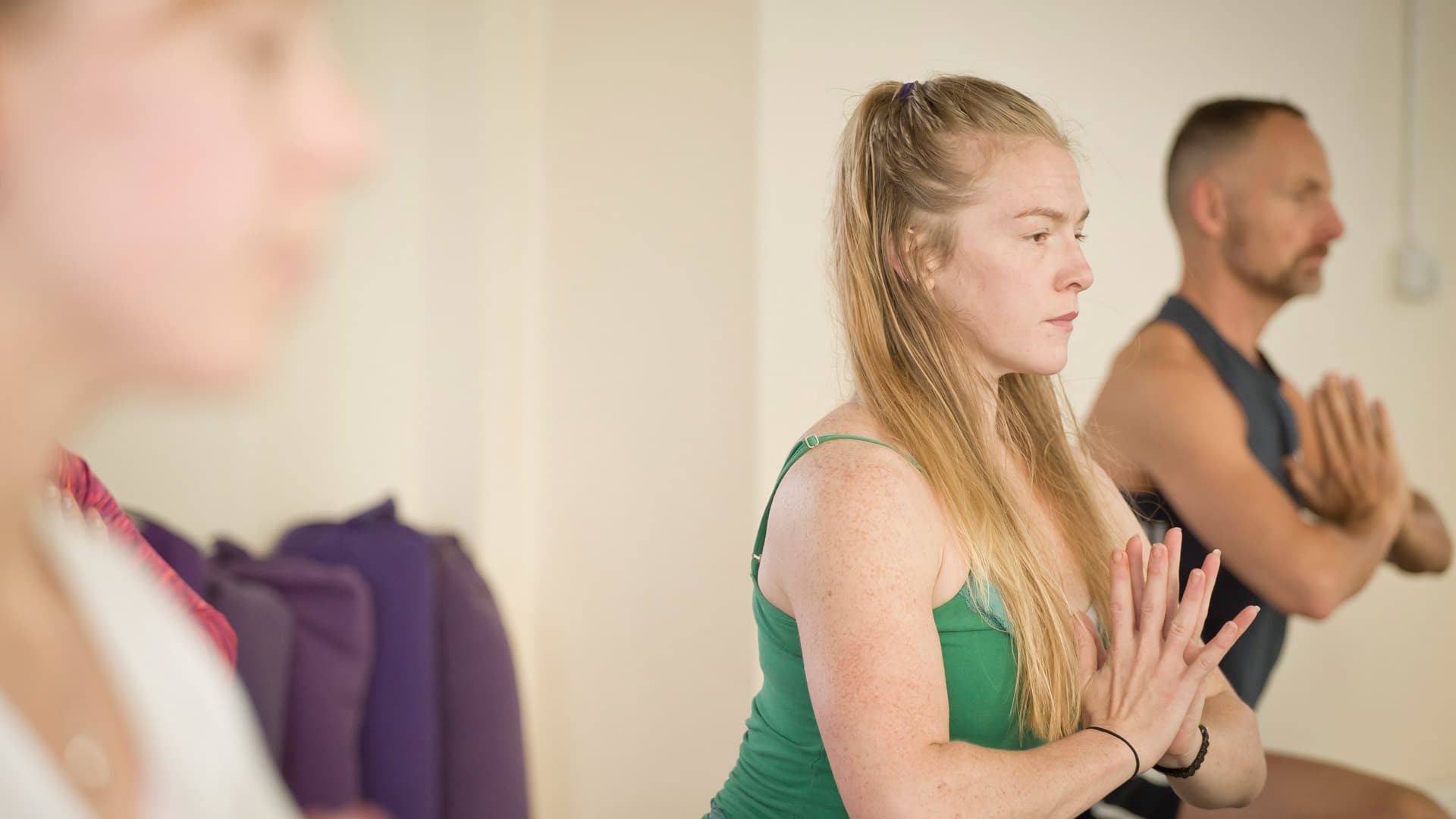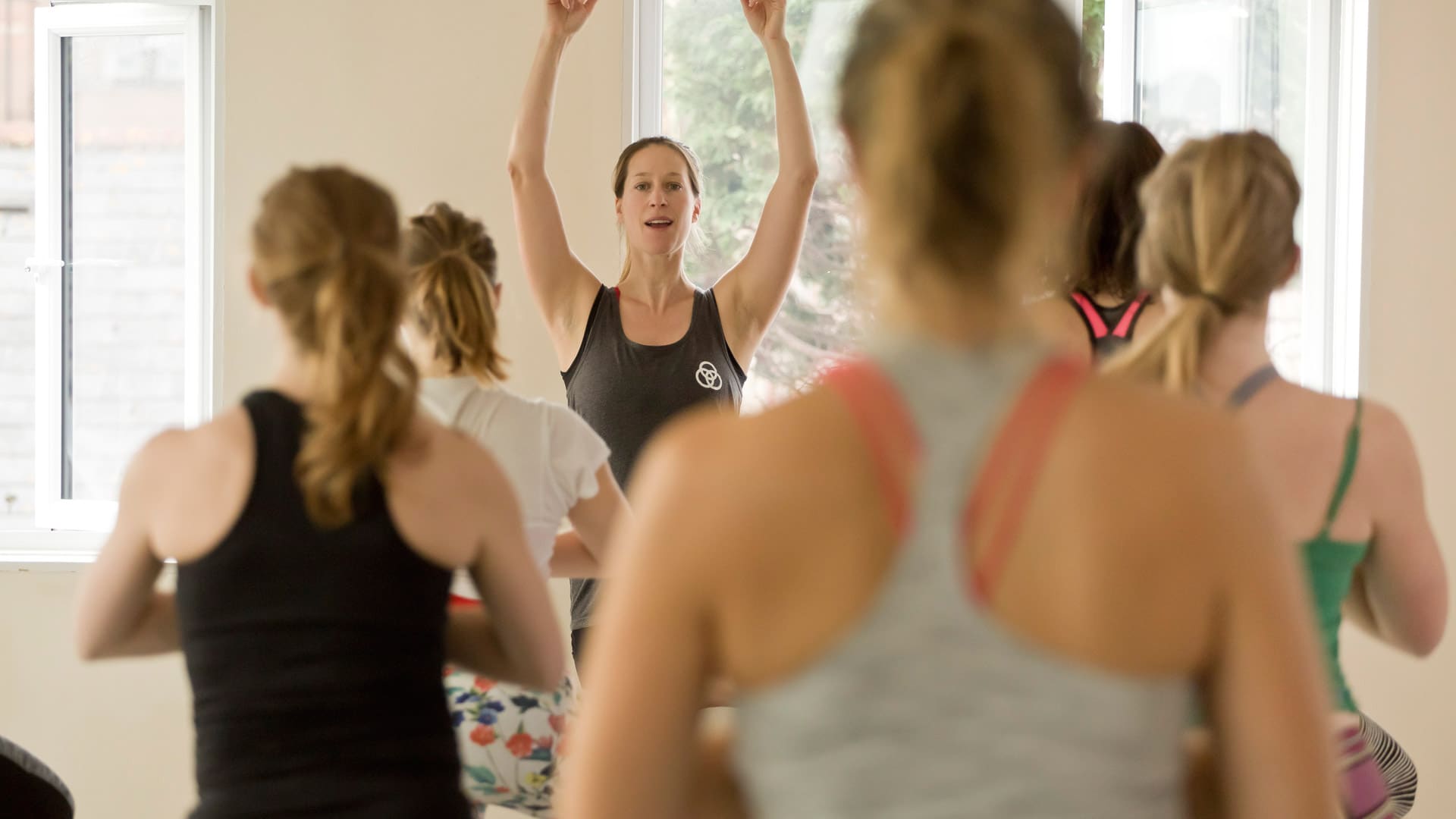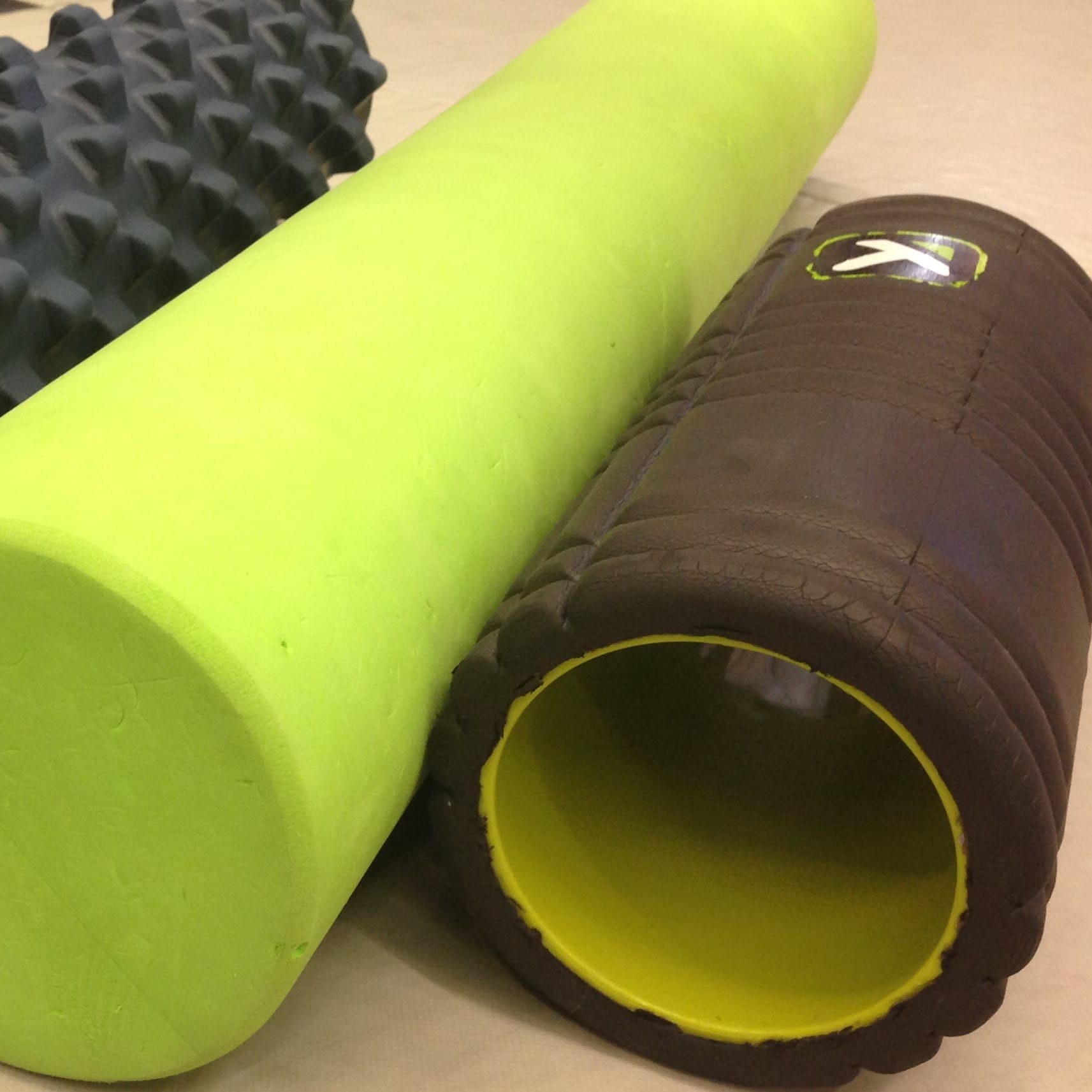Our Lifestyle
Movement is only one component of living a healthy balanced lifestyle
At Energy for Life, our philosophy is that movement (training) is only one part of living a healthy balanced lifestyle. For optimum health and happiness, movement should be integrated and balanced with what (and when) you eat and drink, how you breath, how you sleep, rest and recover, and your thoughts.
Each of these areas exist as a spectrum, and day by day, where we sit on each spectrum between unhealthy / healthy and balanced / unbalanced is determined by the choices we make. Yet, how do we know the right choices to make, especially with all the contradicting information available to us nowadays, at the touch of a button?
Here are some simple and practical things, in each area, that you can do to achieve a healthy balanced lifestyle. Depending on your personality type you may want to implement them all at once, or you may be better off selecting 3-5 things to try out for a few weeks, then add int more once they have become sustainable habits.

Thoughts
Your mind is the most powerful influence on your body and its actions, so do not underestimate its power. Your subconscious mind controls 95% of all activities in your body, so anything you can do to improve the quality of your thoughts may have huge, far reaching implications.
Thoughts are the start of everything: thoughts lead to feelings, which creates actions, producing results. We have the power to consciously improve the quality of our thoughts and repetition is the key, so find some way of focusing on your thoughts everyday. This maybe through your own personal form of mediation, whatever that is for you, or through some sort of creativity like singing or drawing or writing.
Whatever it is, make time for it and protect that time from other commitments and distractions.
If you are unsure about how to meditate, there are lots of great guided audio meditations available online and these are a great place to start. Little and often is also the key when starting out, don’t over-commit yourself to 30 minutes of mediation from the get go, start with 5 or 6 and add a minute every day.
Having a clear understanding of where you want to go in life is also important for your mind. We are often so caught up in the day to day that we forget to step back and chart a course to set us in a direction that we want to go. If you don’t set your own course, someone else will set it for you. So we recommend setting aside time every month or every quarter to reflect on where you are and where you want to go. Then from that set goals and actions that will help you to get there. Sharing these with someone will keep you accountable.

Breathing
Correct breathing has been shown to have many health benefits as well as helping to calm the mind and reduce stress. Try to breathe consciously using your diaphragm to draw air down into your belly, rather than breathing short shallow breaths by lifting the rib cage and shoulders.
Breathing through the nose is best as it filters, humidifies and warms the air before it hits the lungs. Breathing with your nose also further calms the nervous system. Try slowing the breath down to a 4:4:4 approach (4 seconds inhale, 4 seconds, exhale, and pause for 4 seconds before next inhale).
Setting a reminder on your phone or diary to stop every 2 hours and take 5 mindful breaths using the 4:4:4 approach is a great way to start. It will only take 60 seconds every 2 hours, but will have a great impact. You can also do it before bed for a longer period of time (start with 20 breaths = 4 minutes and build from there), it will also help to calm you down and prepare for quality sleep.

Rest & Recovery
Your recovery after a workout is as important as the workout itself. That is when your body will repair itself and to adapt to the training stimulus to get stronger / fitter for the next session.
Optimal rest and recovery includes getting quality sleep for 7-8 hours a day. You can improve sleep quality by going to bed and getting up at consistent times each day, ideally with day-light (although that isn’t possible in all seasons and latitudes). You can also increase sleep quality by calming your mind and body in the few hours leading up to bedtime. So avoid strenuous training late at night (our timetable is designed with this in mind), minimise use of electronic devices with screens as the blue light from them tricks our brain into thinking it’s daytime affecting your circadian rhythm. Using the breathing technique mentioned in the breathe section will help calm you before bed. Taking an Epsom salt bath or magnesium supplement such as citrate, aspartate, malate, threonate, orotate or glycinate can also improve sleep quality.
We are big supporters of the no phones in the bedroom concept to stop you looking at a screen or checking emails just before sleeping.
Outside of sleep there are lots of other ways to rest and aid recovery such as massage (try DIY with a foam roller or massage ball), mediation, yoga, Epsom salt baths, walking in nature and hot bath / cold shower rotations.
Remember what and when you eat and drink has a huge impact on your ability to recover from training sessions too, so read that section too. The better you recover, the more consistently you can train and the fast you will see changes and achieve goals.

Nutrition & Hydration
Nourishing our body with the correct high quality nutrients and filtered water will have a huge impact on your health and wellbeing.
How much water should you drink?
Drink approx. 3.3% of your body weigh (kgs) in water per day. So if you weight 100kg, drink 3.3 ltrs of water per day. If you weigh 50kg, drink 1.7 ltrs. This will vary depending on your activity level and the ambient temperature. Add a pinch of unrefined sea or rock salt to your water bottle / glass to add back essential electrolytes / minerals.
What type of water?
Drink your water from as clean a source as possible. We are lucky in the UK that our tap water is ‘safe’ to drink, but that doesn’t mean it’s clean. Use filtered water wherever possible, but to help the environment (and save money), avoid buying bottles of filtered water where possible. Investing in a good quality water filter like a reverse osmosis filter for your home is a great option. There is lots more info on this on Dr Mercola’s website (more on filters).

What about other drinks?
Which ever way you slice it, the best way to hydrate yourself if with clean filtered water. Most other commonly available drinks contain some level of sugar / artificial sweeteners or caffeine (and often both!). Sugary drinks damage your teeth and worst of all, raise your blood sugar and insulin levels disrupting your body’s ability to burn fat and creating a roller coaster ride of high energy followed by an energy crash, leaving you reaching for the next sugary food to continue the ride. Caffeinated drinks can be okay in moderation, if you just can’t kick the habit, stick to just one a day, no later than 1pm (so it doesn’t affect your sleep patterns) and consume it with some good fats (organic cream, full fat milk, coconut oil, pastured butter) to slow the release of the caffeine into your bloodstream. This will reduce the energy rush / slump / repeat feeling.
How much food should you eat?
This is like the 64 million dollar question(!) and one for which there is no straight answer. After all, if it was simple, we would all just do the maths and eat that number of calories and have the body composition that we all desire. But that isn’t the case, in an information age, we know more than ever, have more tools at our disposal than ever, yet obesity and weight related diseases are on the rise every year. The approximate calories per day is 30 per KG of body weight, if you are looking to maintain your body weight, and this can vary massively depending on the amount of activity you undertake. Elite athletes will consume upward of 5000 cals per day (or 60-70+ per KG) to meet energy demands and maintain weight, but a fairly sedentary person with a desk based work environment obviously only needs approx the 30 per KG.If you goal is weight loss, it is not just as simple as taking your goal weight, multiplying it by 30 to get your allowed calories per day. Depending on your goal weight, this may result in a huge calorie deficit which would send your body into starvation mode, causing it to adjust hormones in an attempt to retain as much body fat as possible and breakdown muscle tissue for energy instead – exactly the opposite of what you want! Extreme calorie restricted diets impossible to maintain for the sustained period of time required to get to your goal weight, so they inevitably end up failing, and as soon as you start eating normally again, your body goes into storage mode, piling on the pounds, in preparation for the next famine (diet). This is what is often referred to as yo-yo dieting. We recommend slow sustainable fat loss as the only lasting solution to achieving a lower goal weight. A fat loss of between 0 and 500g per week is achievable and sustainable. It is good to manage your expectations that 0 loss in a week is OK, because fat loss is rarely a consistent linear progression. Aiming for 1-2kg per month is a better time frame to base it on, but women should remember to allow for 1-2kg fluid weight fluctuations that occur with a healthy menstruation cycle. So thinking back to the 30 cal per KG per day guideline, you can achieve a sustainable 1-2kg fat loss per month from just a 30 to 60 calorie deficit per day. This is a tiny amount and very hard to track, so our philosophy is to count ingredients, not calories and focus more on what you eat and where it comes from.
What types of food to eat?
Our approach to eating is to eat whole, fresh foods from as good a source as is available. There are so many buzz words out there thanks to marketers to define health foods that it is confusing to know what is the best option available to you at any given point in time. However, our ancestors didn’t have all this information, tools or food choice, yet studies show that obesity and disease were very rare in their times. It seem that they intuitively knew what foods to eat to achieve optimum health, energy levels and body composition (although they probably didn’t even care about that back then). Our approach is to aim to get our foods from their most natural source as possible. For example, an animal’s natural environment is outdoors, grazing on pastures, not cooped up in a pen, indoors, fed on grains and medicated with antibiotics to say alive. And plants are meant to be grown in healthy soils, in their natural climates, local to where they are consumed, not as fields on mono-crops, sprayed with fertilisers and pesticides, hundreds of miles away from the destination of their consumption (in the US, the average carrot travels 1,500 miles to get to its consumer!)Buy your food from local sources wherever possible to maximise its nutrient density and reduce your carbon footprint. Local farmers markets are a great place to start, choose fruits and vegetables in season, again to increase freshness and help the environment. For meat, aim to get organic grass-fed, grass-finished sources and if you can’t at least shoot for free-range, grass-fed. Ask your local butcher where their meat comes from and what it was fed on. If they don’t know, you are in the wrong butchers! If quality meat is out of your budget, it is better to buy cheaper cuts and maintain quality than sacrificing quality (for example, buying a grass-fed cheap cut of beef and slow cooking it, is a better choice than an industrially farmed fillet steak). Avoid processed foods, even those marketed as healthy options, they are usually stripped of good fat content and pumped with sugar and salt in attempt to get some flavour back into the dish.
Fats & Oils
Contrary to popular beliefs, fat doesn’t make you fat. In fact, it is an essential macro-nutrient that we cannot live without, so don’t be afraid of eating high quality, good fats. Excluding water, saturated fat makes up 74% of the lean human body by calories. Our brains are practically all fat, as is the structural part of every cell in your body. On top of that, 4 of the most important vitamins (A, D, E, K) are fat soluble, meaning they can only be consumed with fat for us to benefit from them. Some ancient civilisations lived very healthy lives based on very high fat diets such as the Eskimo and Inuit populations.
We suggest 2.5g of quality fats per kg lean body weight per day. That being said there are certain types of fats to avoid. These are trans-fats, industrial seed oils, vegetable oils and animal fat from industrially farmed sources (because the fat is where the animal stores high levels of toxins caused in this type of farming). This approach will help minimise your consumption of fat high in omega 6, which is associated with inflammation (the cause of disease). So check where your food comes from, how it is produced and exactly what it contains (for example, what is marketed as olive oil is often actually a blend of olive oil with a seed oil).
Heating fats and oils is another thing to consider. Saturated fats such as butter, tallow and lard are better for cooking with at high temperatures. Unsaturated fats will de-nature, oxidise and go rancid if heated to high temps. These sorts of oils are best consumed cold such as a salad dressing.
Proteins
We suggest eating a range of protein sources in their whole form, avoid protein powders and supplements. The best sources are eggs, animal meats, fish and dairy in their whole food, full-fat form. Read the paragraphs above for more info on the best sources of these protein types. Aim to consume protein at 1g per kg of body weight per day, this may increase to 1.2-2.4g per kg depending on your goals and levels of physical activity.
Carbohydrates
Our approach to carbs is to consume as similar amount to that of protein (1g per kg of body weight per day), but again this will increase depending on your goals and levels of physical activity. If you are looking to increase mass/size, or are training at a high intensity and frequency, carbs should be increased to 2g per kg.The moderately low carb / high fat approach will mean that most of your energy requirements are met from the fat that you eat and store which reduces the frequency of your insulin response cycle and means you will be more insulin sensitive and spend more time burning fat for fuel. Get your carbohydrates from whole food plant based sources wherever possible. Avoid processed carbohydrates because their carbohydrate density has been significantly increased through processing. Good sources of carbs include vegetables, some fruits, starchy tubers (root vegetables) and some grains (white rice, buckwheat, quinoa are great options, some others are okay if prepared properly (usually by soaking overnight)).
Balanced meals and preparing food
Ideally, every meal or snack you eat is a well balanced mix of fat, protein and carbs, but given that individual ingredients often contain a blend of macro-nutrients already, this is hard to measure and calculate. So we prefer a rough portion sizing method using the palm of your hand. If you’re just looking to maintain a healthy balance and gradually lose excess body fat then 2 to 3 palm-sized servings of meat and starchy vegetables per day will be adequate, with the rest of your energy needs coming from quality fat sources. But everyone is different so you will need to find out what you need for yourself through a bit of testing. If you are training hard, work on 1.5-2 x these protein / carb amounts. Avoid eating snacks that are primarily carb based unless you can balance them out by adding in some fats and protein to the mix. For example, a fruit smoothie is often thought of as a healthy snack / meal replacement, but without fats and proteins added to it, it is essentially a fructose (sugar) bomb that will trigger a blood sugar spike, insulin response and energy crash cycle. So its better to add some fat to it such as avocado, Greek style yogurt, coconut oil or egg yolks and protein such as egg yolks, soluble gelatine powder, Greek style yogurt. Any of these will help balance it out. Food preparation is also important and can really affect the nutritional benefits available to us from food.
Cooking Meats – beef and lamb are best cooked slow and low at temperatures of 90-120 C as this minimises surface oxidation and damage to proteins and makes it easy to digest. Or the other best way for these (and fish and seafood) is at the opposite end of the scale – either raw cured with lemon juice or apple cider vinegar or seared on the outside and raw (blue) in the middle or left to rest to warm through slowly. Poultry and pork require more care and need to ensure they are cooked all the way through.
Cooking Vegetables – Above ground vegetables should be lightly steamed or boiled, or added to stews. Starchy root vegetables require need to be cooked above 100 C to breakdown the starch molecules for us to easily convert to energy. Roasting should be done using a quality saturated fat (stable at high temps) such as coconut oil, tallow or ghee, however to minimise oxidation and that sweet candying effect, part steam or boil them first to reduce required roasting time.
Fermentation – this is an ancient food preparation and preservation technique that has been around for thousands of years that all but died out with the invention of refrigeration. However, fermenting certain foods can significantly enhance their nutritional value. For example, fermenting cabbage in salt and water not only preserves it for months, it turns it into a pro-biotic super-food that can improve gut health. Look out for raw or live versions of fermented vegetables, sauerkraut and kefir in health food shops, or make them yourself (its really easy).


Contact us
+44 (0)7555 058 983
tom@energyforlifefitness.com